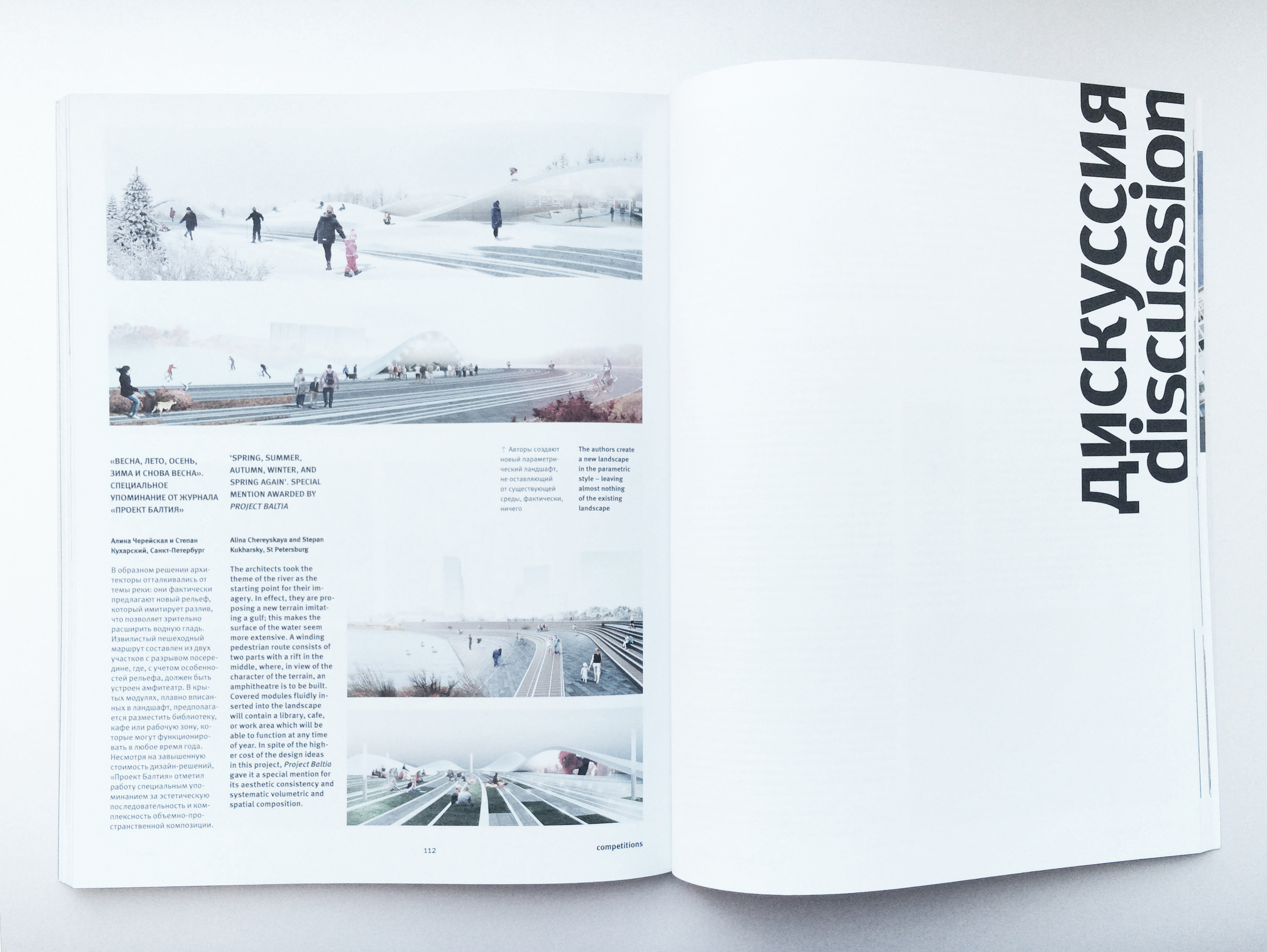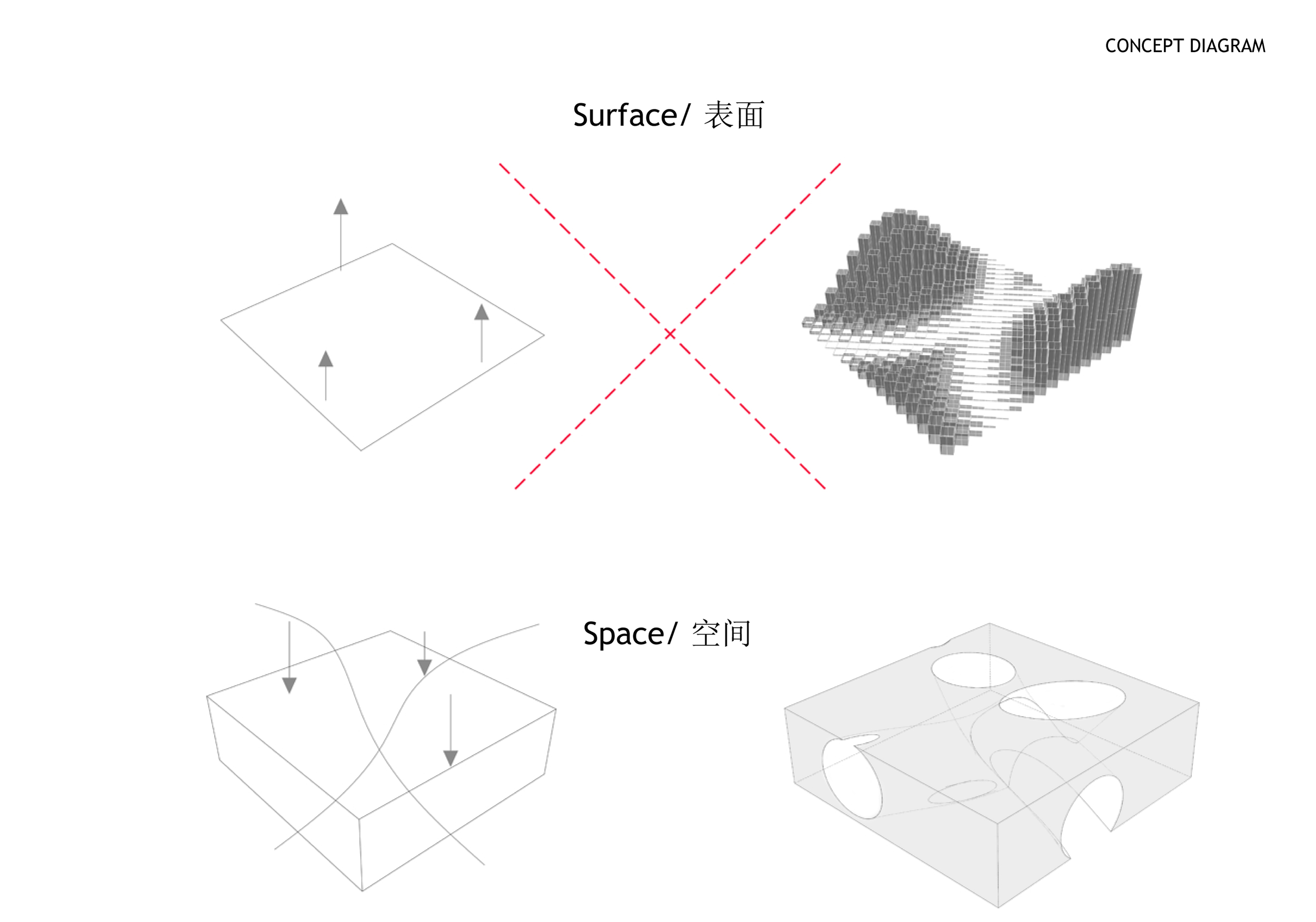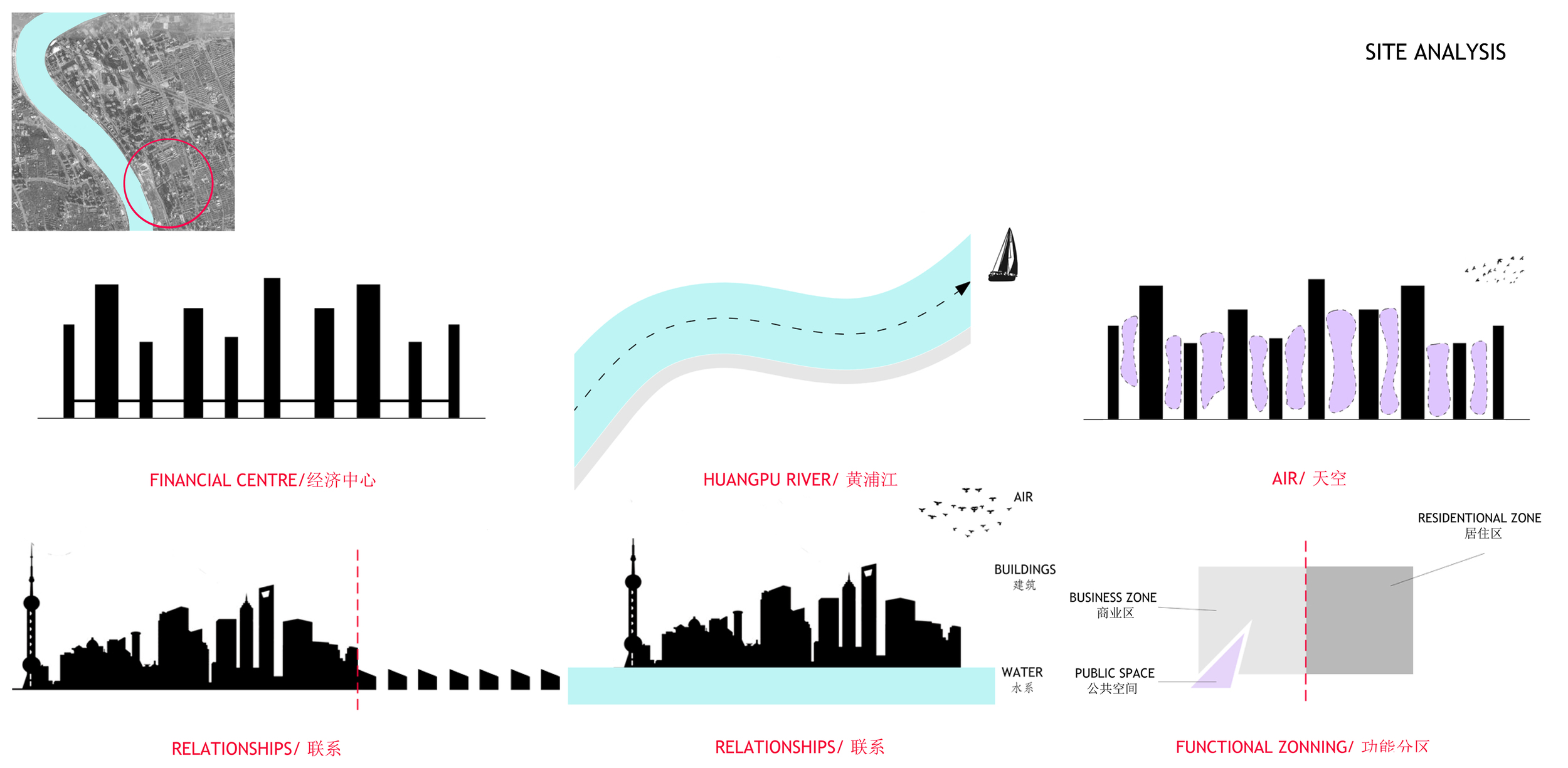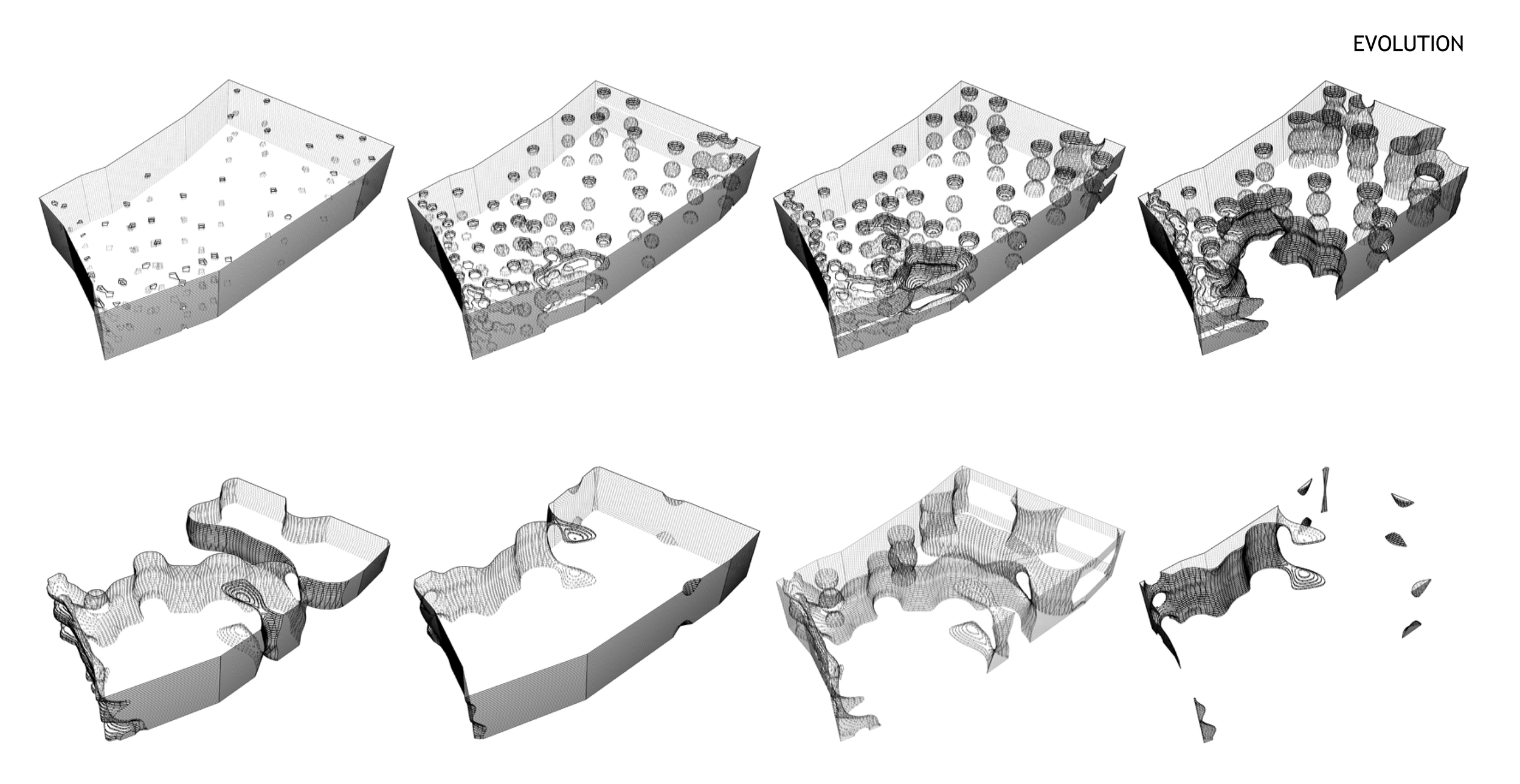В перерыве между стройками, проектами и конкурсами партнеры SA lab рассказали Tatlin о фокусе работы лаборатории - адаптивной архитектуре.
Принципы взаимодействия между человеком, природой и городом, адаптация к внешним и внутренним параметрам, актуальность архитектуры в стремительно меняющемся мире – об этом и многом другом читайте в эссе "Архитектура взаимодействия".
Благодарим Ульяну Яковлеву за помощь при подготовке материалов.
In between the construction sites, projects and competitions, the partners of SA lab told Tatlin about the focus of the lab's work - adaptive architecture.
Principles of interaction between human, nature and city, adaptation to external and internal parameters, the relevance of architecture in a rapidly changing world - read about this and many other things in the essay "The Architecture of Interaction".
Thanks to Uliana Yakovleva for preparing the materials.



























